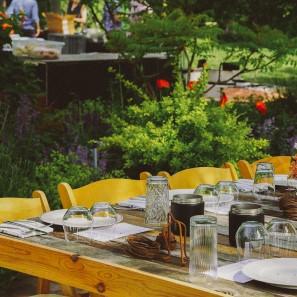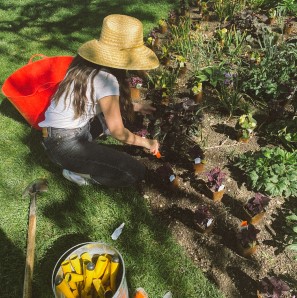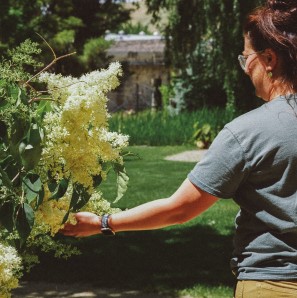Water-Wise Gardening: Preparing for a Sustainable Growing Season
Water conservation is more important than ever, especially in Idaho’s dry climate. A little planning in spring can help you create a garden that thrives with minimal water use. 1. Choose Drought-Tolerant Plants Opt for native and adaptive plants that require less water once established, such as: Flowers: Penstemons, Buckwheats, Globemallows Shrubs: Canyon Plume, Rabbitbrush, Fern Bush Grasses: Basin Wildrye, Blue Grama, Seep Muhly 2. Optimize Irrigation Install drip irrigation or soaker hoses to deliver water directly to the root zone. Water early in the morning or late in the evening to reduce evaporation. Adjust sprinkler systems based on seasonal needs. 3. Improve Soil Moisture Retention Add organic mulch to keep soil cool and reduce evaporation. Amend soil with compost to enhance water-holding capacity. 4. Harvest Rainwater Use rain barrels to collect runoff from roofs. Design your landscape with swales or dry creek beds to direct water efficiently. 5. Group…






